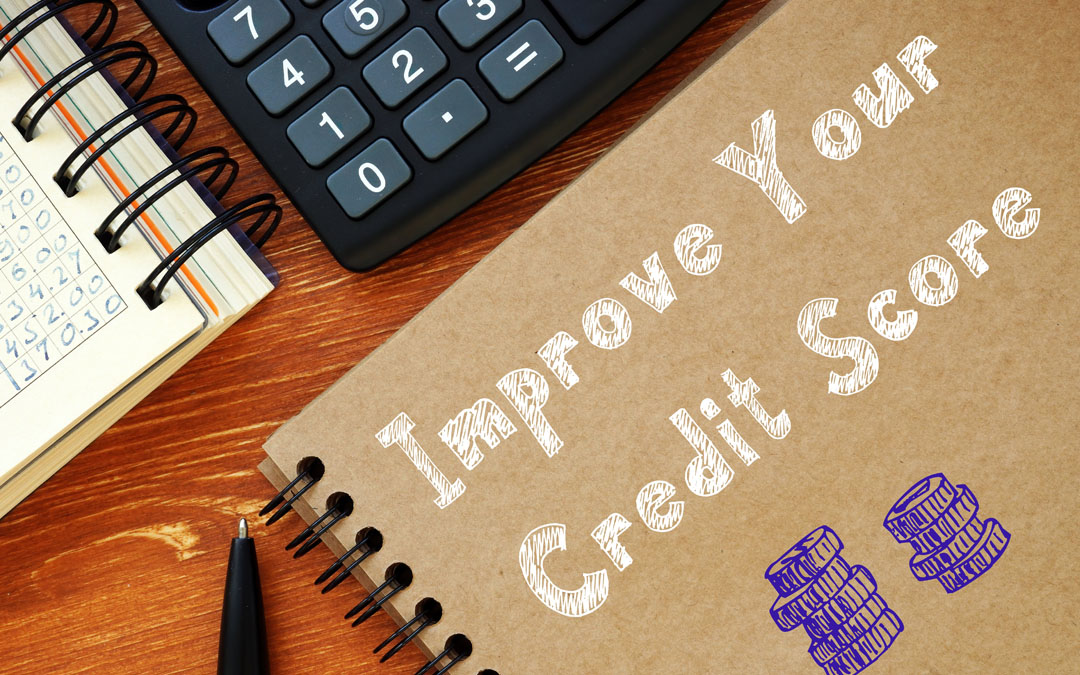How a Doctor Can Improve Their Credit Score to Secure a Better Mortgage Loan
Physicians hoping to become homeowners have a unique opportunity that other homebuyers do not — the physician mortgage. The physician mortgage, aka the doctor loan, is only available to healthcare professionals in various medical fields, and there are many perks to having one.
But to get one, you’ll need a good credit score.
Most physician mortgage lenders require a minimum credit score of 700. If yours falls below that you’ll want to increase it before you apply.
Here are the top ways that doctors can improve their credit scores to get the best mortgage at the best interest rates.
Make All Payments on Time
Payment history accounts for approximately 35% of your credit score. Late payments lower your score, so it’s essential to make all monthly payments on time, including student loans.
New physicians who have recently finished residency are often strapped with exorbitant amounts of student loan debt. No matter how high your monthly payments are, it’s crucial that you make those payments on time.
One of the benefits of the doctor loan is that lenders don’t hold your student loan debt against you. They don’t even factor it in.
But the credit bureaus do.
If you’re having trouble making your student loan payments on time, consider consolidating them to lower your monthly payments.
To learn more about the benefits of the physician mortgage, check out this article from LeverageRx.
Keep Credit Card Balances to a Minimum
It’s not bad to have credit cards. In fact, having them is how you build credit in the first place. But it’s important to keep your balances as low as possible.
One of the key factors in your score is your credit utilization rate. This rate is the percentage of available credit that you’ve already used. For example, if you have a $10,000 limit on a Visa and your balance is $5,000, your credit utilization rate is 50%.
A good credit utilization rate is 30% or lower. However, open lines of credit with zero balances can improve your score even more.
Ask For Higher Credit Limits
An easy way to reduce your credit utilization rate is to ask your lenders to increase your line of credit. For example, if you have a $20,000 limit and carry a $7,500 balance, ask your lender if they can bump your limit up to $25,000. As long as you don’t use the additional funds, that will instantly reduce your credit utilization rate from 37.5% to 30%.
Another strategy is to keep credit card accounts open, even after you pay them off. Having multiple lines of credit open with zero balances will also help improve your credit utilization rate.
Sign Up With a Rent Reporting Service
Since making payments on time is such a big factor in your score, you deserve to get credit for every bill you pay on time. If you’re currently leasing a home or an apartment, your rent is probably not factoring into your score.
Sign up with a rent reporting service and your on-time monthly rent payments will factor into your credit score. Check out this article from Business Insider to learn how rent reporting services work and which ones are best.
Open Various Types of Accounts
There are different types of credit accounts, and having a mix is key. Your credit score will be higher if you have a combination of installment debts and revolving accounts.
Installment debt refers to loan payments that you make monthly throughout the term. Car loans, personal loans, and student loan payments fall into this category. Revolving debt refers to credit cards and lines of credit where, as you pay them down, more funds become available to you.
If you only have credit cards, consider taking out a small personal loan to establish a better mix. If you only have loans, consider getting a Visa (or two) to add some revolving debts to the mix.
In Conclusion
Improving your credit score can take time, so start taking the steps today to boost your number. Mortgage lenders like low-risk homebuyers, and the higher your score, the less risky you appear. Low-risk buyers also tend to get better interest rates, so increasing your score now can save you tens of thousands of dollars in interest over the life of a home loan.
And when you get your credit score to a good number, do what it takes to keep it there.
Make all your payments on time, keep your credit utilization rate as low as possible, and keep your card balances to a minimum. It’s easier to maintain a good credit score than to let it drop and try to build it back up again.






